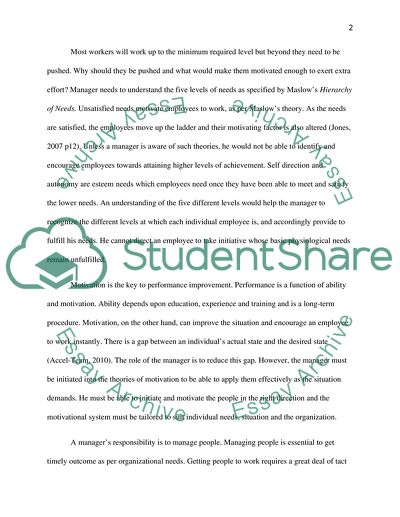Cite this document
(Motivation Theory and Job Design Assignment Example | Topics and Well Written Essays - 1500 words, n.d.)
Motivation Theory and Job Design Assignment Example | Topics and Well Written Essays - 1500 words. Retrieved from https://studentshare.org/human-resources/1745446-individual-assignment
Motivation Theory and Job Design Assignment Example | Topics and Well Written Essays - 1500 words. Retrieved from https://studentshare.org/human-resources/1745446-individual-assignment
(Motivation Theory and Job Design Assignment Example | Topics and Well Written Essays - 1500 Words)
Motivation Theory and Job Design Assignment Example | Topics and Well Written Essays - 1500 Words. https://studentshare.org/human-resources/1745446-individual-assignment.
Motivation Theory and Job Design Assignment Example | Topics and Well Written Essays - 1500 Words. https://studentshare.org/human-resources/1745446-individual-assignment.
“Motivation Theory and Job Design Assignment Example | Topics and Well Written Essays - 1500 Words”, n.d. https://studentshare.org/human-resources/1745446-individual-assignment.


